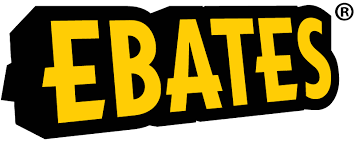2. Made a daily planner with Microsoft Word and a half-size binder that I already had. It helps me keep track of meal plans, egg count & milk records, writing word count, my to do list and a place to write down F.A.s (frugal accomplishments) for that day. I had been doing some of these things on my phone, but it was distracting (oh... Instagram notification... let me check Facebook! Pinterest!). The planner has worked much better. In addition, having the planner sitting on my kitchen table has allowed me to move the laptop (another distraction!) into the hall. This allows me to separate computer tasks from housekeeping tasks, do less multi-tasking, and accomplish more during the day.
3. FINALLY butchered some roosters from our flock of chickens. It took a Hubs and I a couple hours to get just over 10 lbs. of bone-in chicken. It was nice to be able to have a "working date" where we could accomplish something together. He did most of the plucking and I did the de-gutting. Though most of the roosters were small, I did ask Hubs to save the nicest feathers for me to use for crafts. We got a LOT of nice speckled and iridescent feathers to use, which made up for the small amount of meat.
4. Made two loaves of bread. The recipe I use costs $0.39 per loaf to make. It's very possible to buy bread for the same amount, which is why I don't bake bread often (plus we don't eat bread often). However, homemade bread is so, so yummy and Hubs really appreciates it. Having some bread on hand, fresh or in the freezer, is kind of "crutch" for me. We've been kind of busy and my meal planning (and meal making) has fallen by the wayside. Having bread will allow me to make easy meals (sandwiches, toast & gravy, etc.). Which will save money in the long run.
5. Earned $44.36 net profit at the farmers market. This was my last week for the summer selling at the market. I'll be going back in September, when business picks up again. I figured out last year that when produce starts coming in, people stop buying baked goods and crafts. I noticed even in the last two weeks that despite great weather, my sales came down a bit.
6. Sold eight dozen eggs this week (four at market, four to regular customers).
7. Used my Kindle to practice Spanish. Several years ago I purchased an ebook for learning Spanish. A year later I bought a Spanish dictionary to load onto the Kindle. Then I downloaded a free Spanish Bible and book of fairy tales onto the device. If there is a word I don't know, I can just tap the word and my Spanish dictionary will tell me what it is. This is SO much easier than keeping a real dictionary on hand and having to physically look up every work I don't know.
For any Spanish students, this is a relatively cheap and easy way to practice Spanish. We're headed off to Honduras in a little while, thus my practicing. Actually being in a Spanish-speaking country is an excellent way to learn Spanish. For the last couple years Hubs and I have tried to make it down to Central America about once a year. This time it is for a mission trip, but in the past we've gone just for fun (Hubs has friends there).
Honestly, short-term mission trips with a group are an expensive way to travel. If you strategically pick an airline and destination, you can spend several weeks in a country for the same amount you would pay to do a four-day mission trip. Obviously missionary compounds want to treat their volunteers well (many have never been outside the US), so volunteers get nice US-standard flights, accommodations and food. This accounts for the extra cost.
This will by my first mission trip ever, so I'm looking forward to the experience.
8. Line-dried three loads of laundry (that's $1.50 savings, if you didn't know...).
9. Made yogurt (that's a $4.76 savings, if you didn't know...).
I think that about covers it!
Goals for This Week:
1. Replant carrots
2. Weed garden
3. Organize pantry
4. Organize fridge
5. Organize desk area


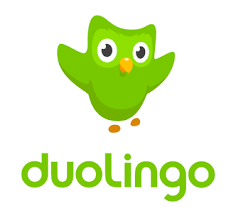
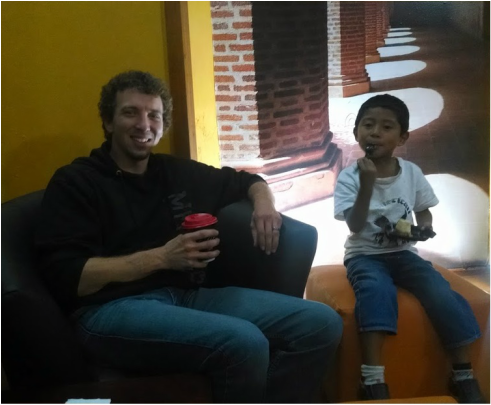
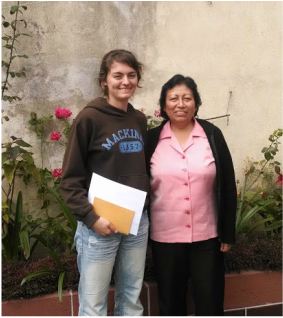
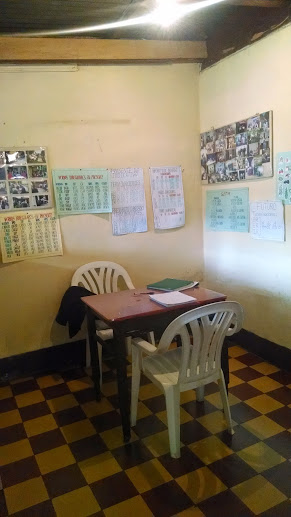
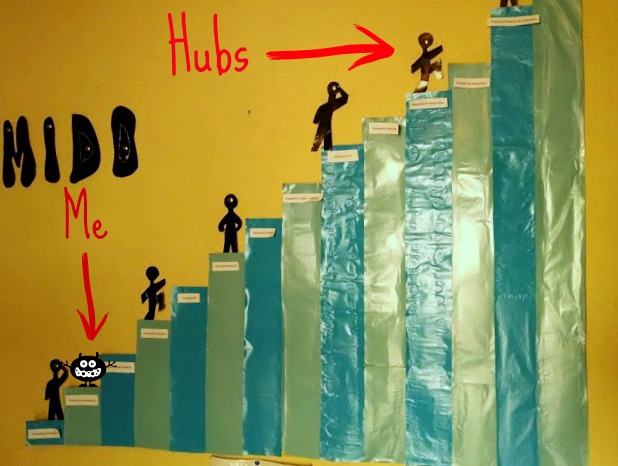



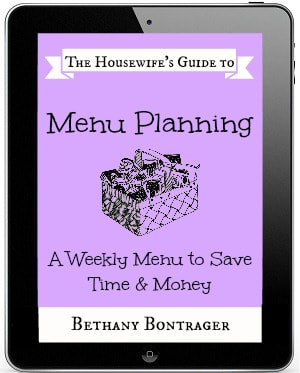

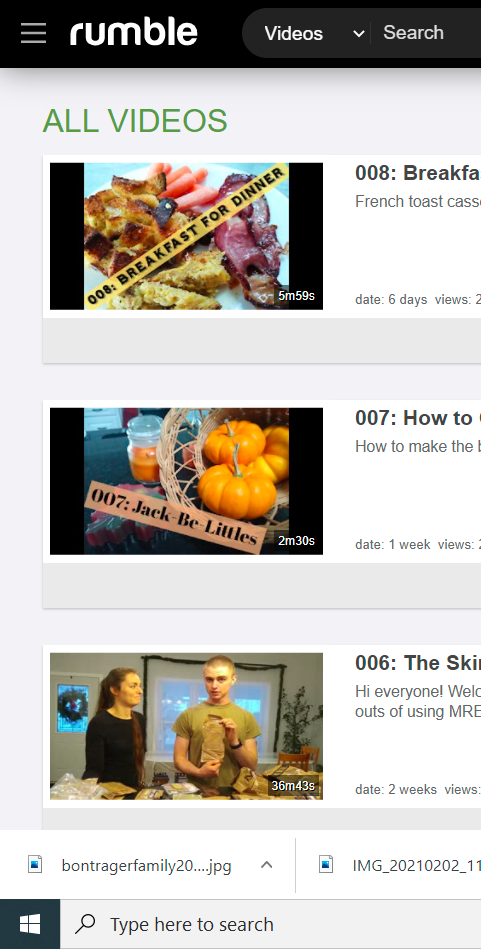
 RSS Feed
RSS Feed




